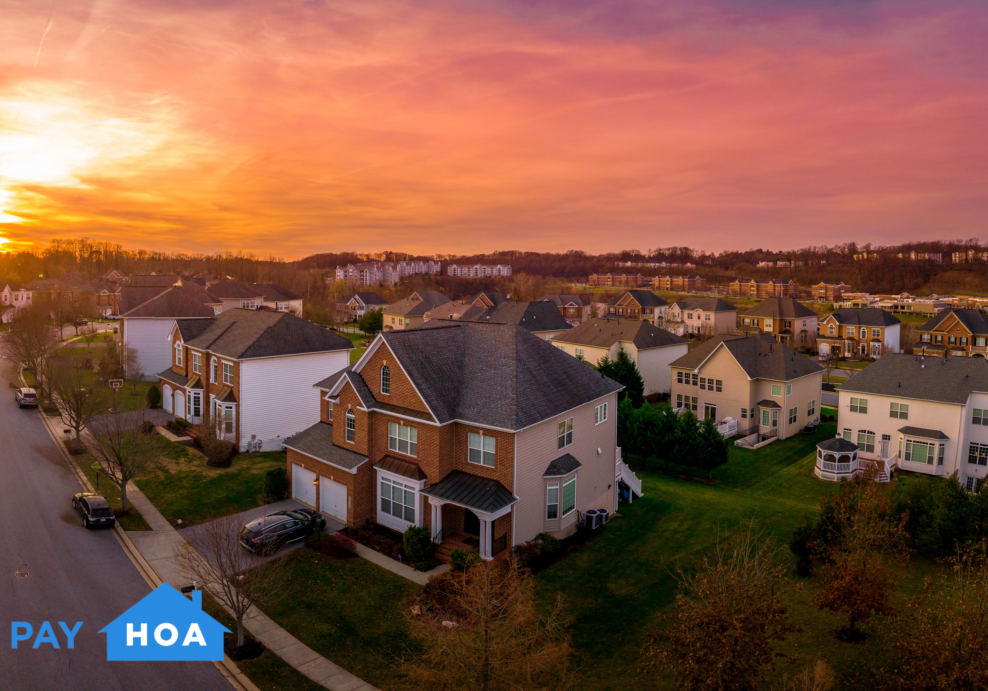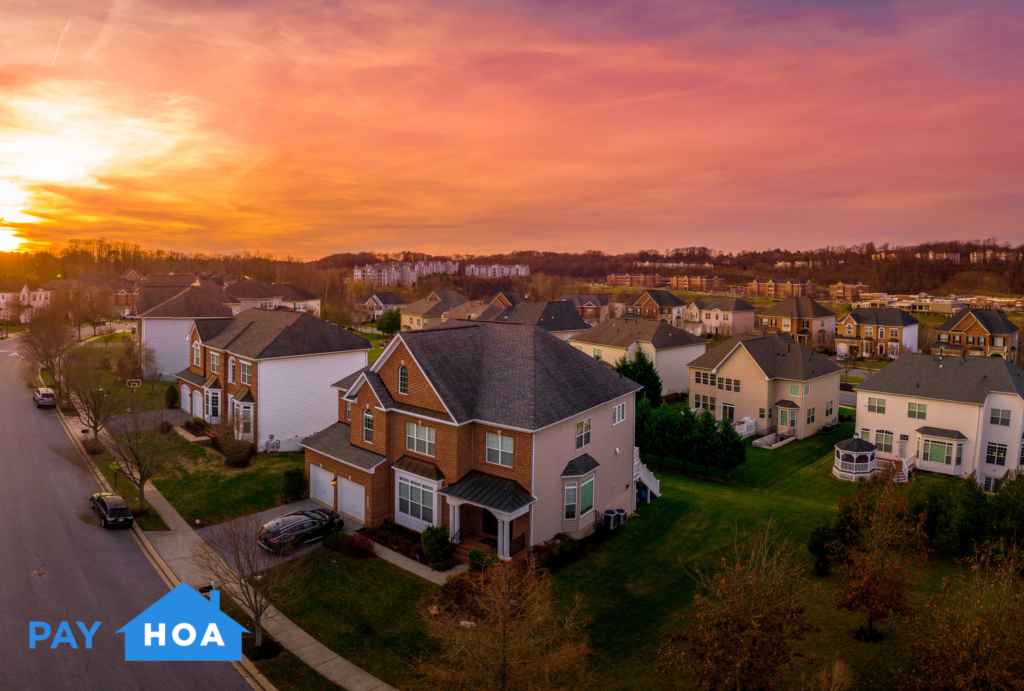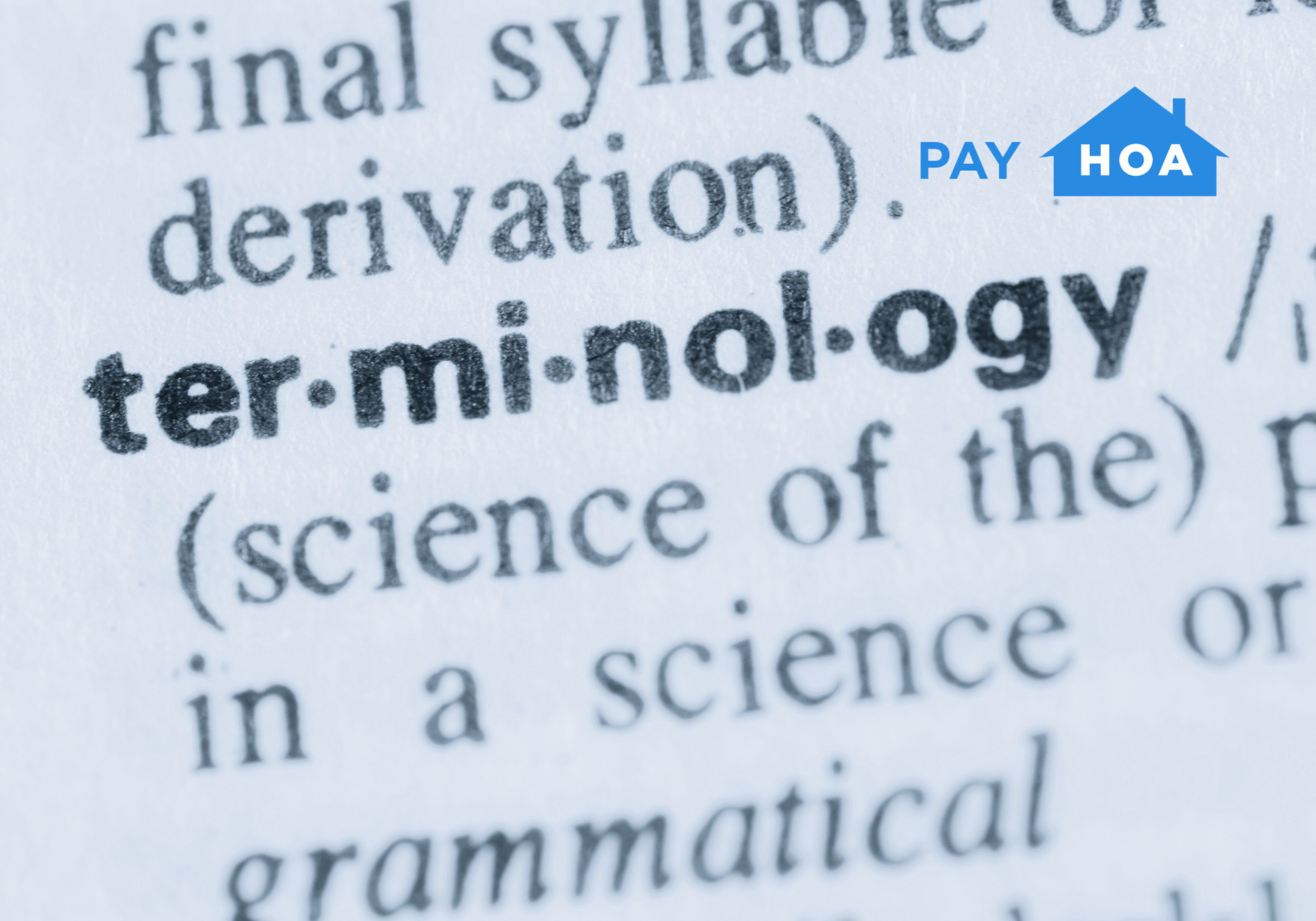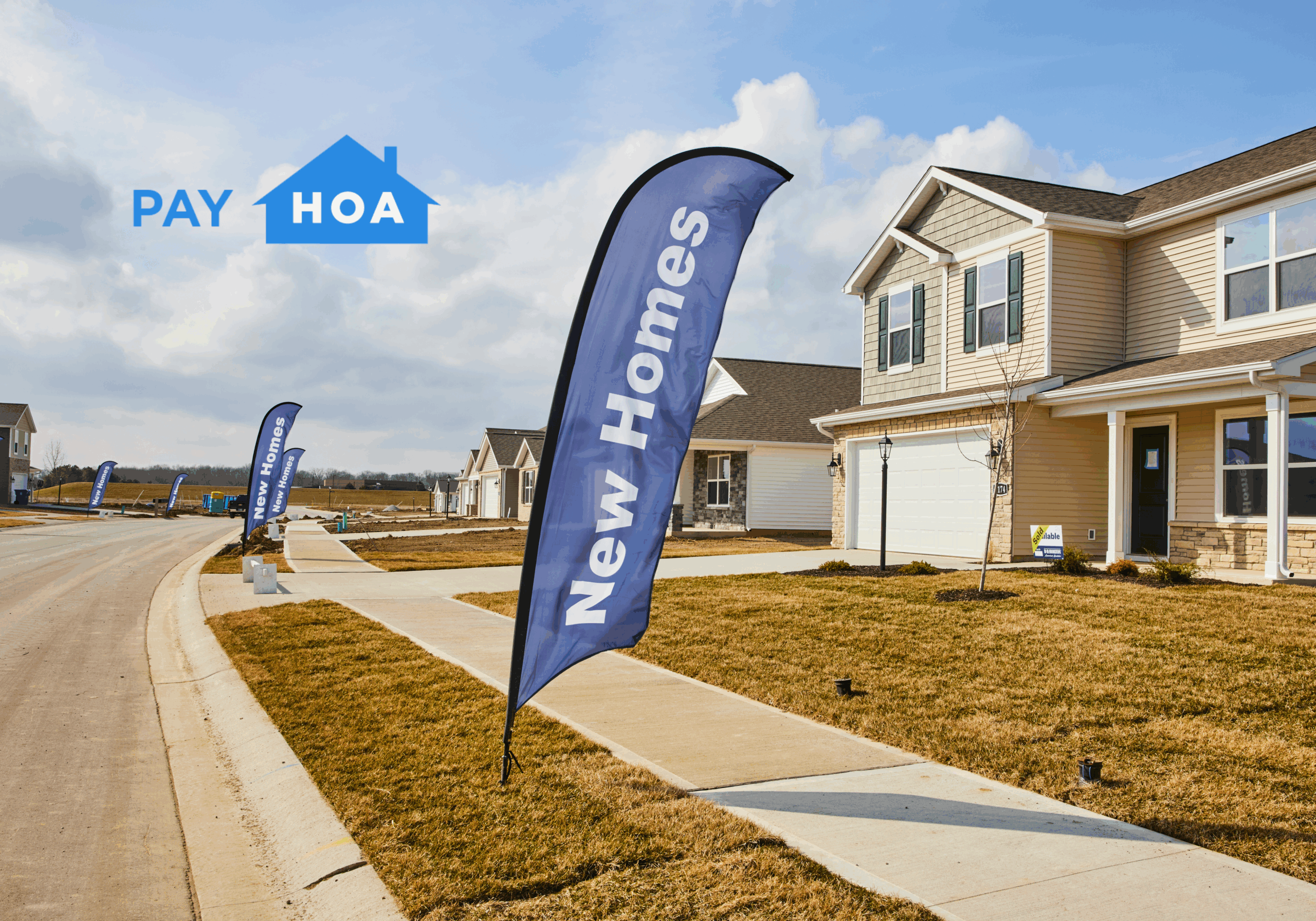 Jesse Hitt • 04 Apr 2024 • 7 min read
Jesse Hitt • 04 Apr 2024 • 7 min readEnsuring Compliance: How Software Facilitates HOA Regulations

With the rise of easy-to-use HOA software, self-managed homeowners associations are automating their HOA accounting, communications, and management tasks.
For neighborhoods that have traditionally used HOA management companies, access to high-level management tools makes the idea of self-management more attractive than ever.
But self-management isn’t without its own issues. For one, compliance now rests on the shoulders of your HOA board.

Top Ten Compliance Issues for Self-Managed HOAs
Engaging a new HOA software system or making the move from a management partner to a self-managed HOA is no easy task.
It’s important to consider the common compliance issues (and sometimes nightmares) experienced by self-managed HOAs and see how HOA accounting software can help mitigate some of them.
1. Legal compliance
Homeowners associations must comply with federal, state, and local laws, which create a complex network of rules and regulations that HOA leaders must constantly navigate. The rules and regulations are complex enough that many HOA board members don’t fully understand the requirements (or know they exist). However, ignorance of the law doesn’t excuse anyone from its consequences, which can include fines.
Plus, those regulations change with each new session of lawmakers, leaving self-managed boards to stay up-to-date on their own.
For instance, some states (including Florida and Oregon) require fund reserves to help cover the cost of major repairs and replacements.

2. Governing documents
Disputes over HOA rules and regulations are nearly as common as HOAs themselves, and they usually involve a misunderstanding of confusing (or out-of-date) covenants, conditions, and restrictions (CC&R).
Because self-managed HOAs are usually volunteer-run, they lack the infrastructure that would typically serve as a one-stop information source for all bylaws, covenants, and regulations. Ensuring every neighbor has access to the most up-to-date information is tricky when the CC&R, bylaws, and other rules often update with each new leadership term.
Having a central database, like a website or member portal, with the latest version of all public HOA documents can prevent these types of disputes and provide clearer pathways for mediation.
3. Financial compliance
Collecting dues, maintaining accounts, annual budgeting, and capital maintenance/improvement spending represent the bulk of an HOA’s responsibility. Additionally, accurately filing the 1120H Form and providing accurate documents to the IRS is essential to fending off costly audits.
HOAs are highly regulated entities in most states. This means navigating financial complexities within a legal framework can be confusing.
Many self-managed HOAs handle these tasks in Quickbooks or other similar accounting software. However, most out-of-the-box software solutions aren’t built to handle the compliance intricacies required by an HOA.
Many HOA management platforms, including third-party providers like PayHOA, provide in-app HOA accounting software tools specific to the association’s unique needs.

4. Maintenance and repairs
Ongoing maintenance is the least sexy and often most expensive use of HOA time and funds. But a well-maintained neighborhood has as much of an impact on home value as the home itself.
Deferring maintenance can be costly to your HOA members and can be dangerous if your association is charged with managing well-used common areas like parks, playgrounds, pools, and event spaces.
Maintenance and repairs can be a headache, but kicking the can down the road can lead to worst-case scenarios.
5. Architectural guidelines
Just because homeowners agree to the guidelines outlined in their HOA agreement doesn’t mean they understand all of the architectural nuances. So, when those members decide to upgrade their spaces, it can cause conflict amongst the membership group.
Architectural review boards, if not the HOA board itself, are often charged with reviewing all new construction and renovation plans in accordance with CC&R, architectural guidelines, and HOA covenants.
6. Enforcement of rules
Most people would rather live with a minor neighborhood violation than directly confront their neighbor. No one wants to tell their neighbor to get rid of a new flock of chickens after they spend a month building a beautiful new coup. What do you do with all those birds?
That’s one of the benefits of living in an HOA: someone else is in charge of having those difficult conversations.
However, for members of self-managed HOA boards, that means they have the responsibility of enforcing those rules and violations. Letting violations stand creates a precedent that can supersede the written regulations, meaning HOA leaders have to act fairly and quickly.
Covenant enforcement is also one of the main drivers of litigation in the HOA space, making it all the more important for HOAs to maintain transparent and fairly enforced CC&R.
Communication can often be the difference between de-escalation and conflict. An HOA software with powerful communication tools keeps the neighborhood on the same page, allows for transparent communication, and offers a safe platform for enforcing violations.

7. Meeting and voting procedures
What percentage of your HOA members attend meetings or engage in voting? If it’s anything like voter participation nationwide, you field more complaints than votes.
An active HOA is a healthy HOA, but so often, encouraging participation can feel like pulling teeth.
Self-managed HOAs are turning to management platforms that increase transparency, encourage neighborhood-wide engagement, and make elections, polls, and meeting announcements easier than yard signs and word of mouth.
8. Communication
How do you communicate a clear message with hundreds of families efficiently and equitably? Not through the grapevine.
One of the biggest logistical hurdles involved in all of these pain points is communication. However, improving communications can make meetings, fines, rule changes, voting, and collections easier.
Moving to a management platform with built-in, two-way communication tools has helped many self-managed HOAs streamline their processes and increase engagement.
The best HOA management platforms include the following capabilities:
- announcements and notifications
- community forums and discussion boards
- document sharing and storage
- online voting and surveys
- interactive calendar
- automated emails and phone calls
9. Insurance for liability and property damage
Just as with individual homeowner’s insurance, HOAs are required to maintain an insurance policy that covers all of their properties.
HOA insurance, often called a master policy, covers public spaces like neighborhood pools, clubhouses, common areas, and other infrastructure.
10. Fair housing laws
HOAs are required by federal law to comply with fair housing laws as outlined by the U.S. Department of Housing and Urban Development.
The law protects people from being denied equal access to housing based on their race, color, national origin, religion, sex (including gender identity and sexual orientation), familial status, or ability.
While these laws are straightforward in nature, it is imperative that HOA leaders stay up-to-date on them and operate with care. Not only is this essential to creating better communities, but it is also the law of the land carrying fines in excess of $50,000.
HOA Software Keeps You On Top and Organized
PayHOA is an HOA software that streamlines every aspect of HOA management, from collecting dues and communicating with neighbors to producing vendor contracts and tracking fines or violation notices.
Best of all, it keeps all your legal and financial information in one place, so you can worry a little less about compliance issues—or at least feel more confident in your ability to handle them.
Your neighbors will thank you
Your HOA board isn’t the only entity that will welcome the change. With the right tools, your neighborhood will benefit from better communications, simplified and transparent processes, higher engagement in decision-making, and a much lower management cost (which means you can finally stop raising fees).
Share this article:
Enjoyed this Article? Try Another!
HOA Terms Every Board Member Should Know
If you’ve ever been a member of a neighborhood homeowners association (HOA) board, you know…
The Ultimate Guide to HOA Budget Planning
Strong HOA finances are the foundation of a healthy, stable community. When finances are well…
How to Start an HOA: A Step-by-Step Guide for New Communities
Healthy neighborhoods don’t happen by accident. They’re built with structure, fairness, and a shared commitment…


